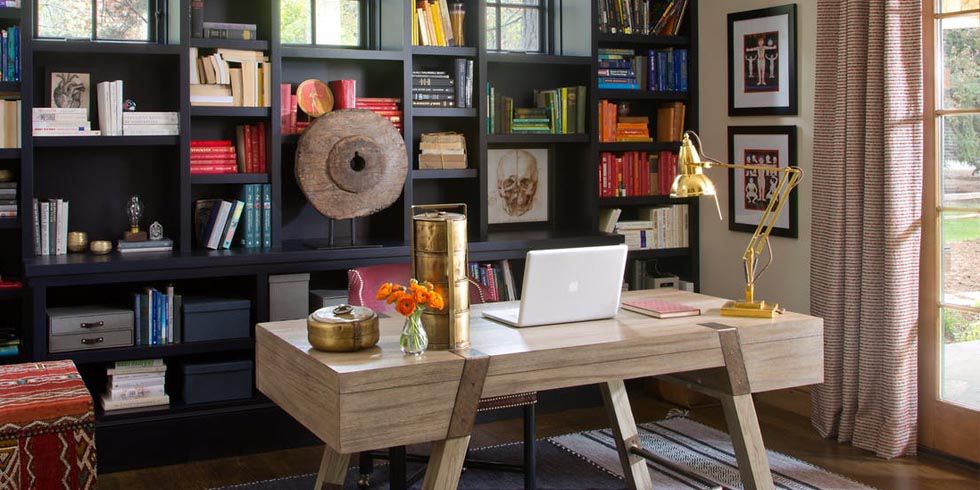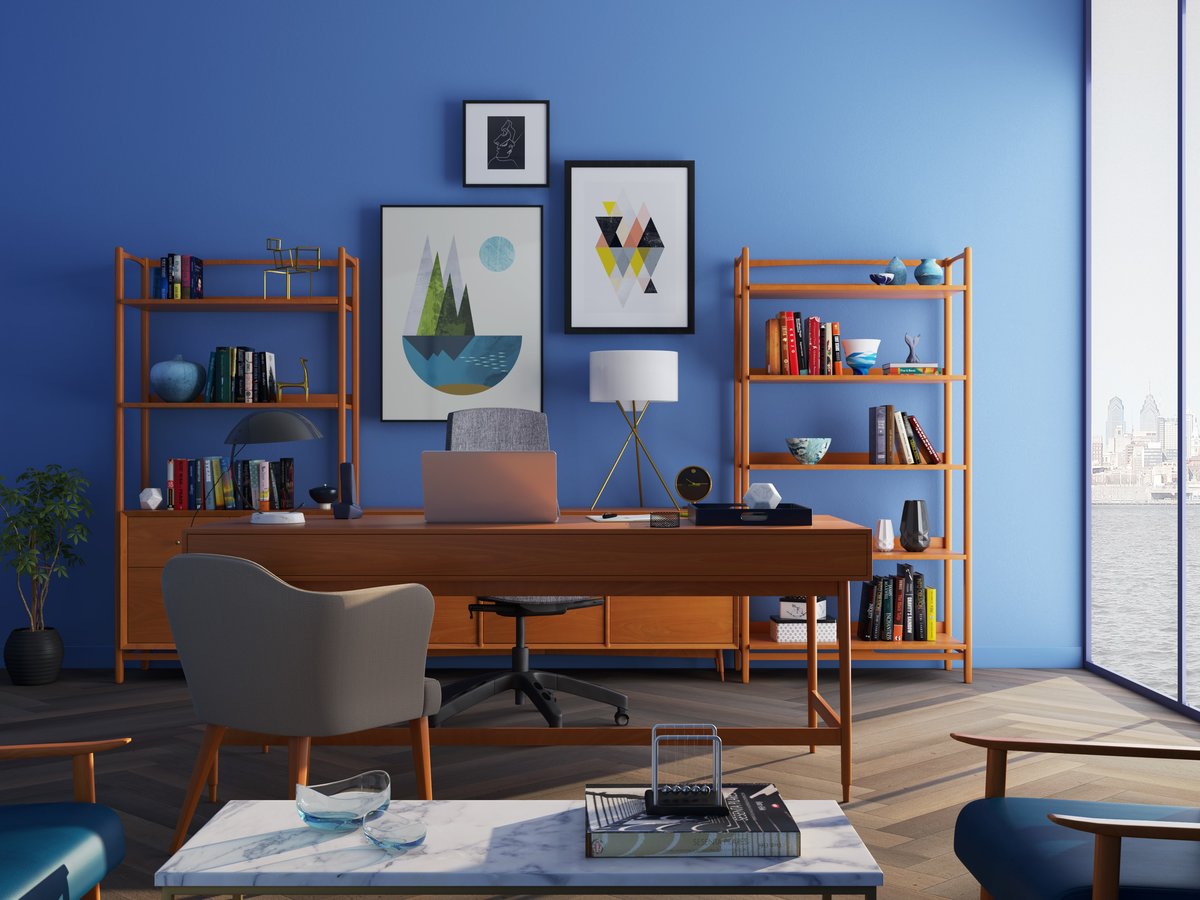People have different studying habits. Some flourish in quiet and serene circumstances, while others are impervious to noise and distractions around them. Whichever the habits, one thing is certain – your study space will either enhance or disrupt your ability to study effectively. Contrary to what most people believe, an area does not have to be pin-drop silent for it to qualify as a study area. A good study area should be tailored to meet your specific learning style. So, how do you design the most ideal study space?
Step 1: Select the perfect spot

What comes to your mind when you hear the word “library”? Obviously, a place where people study. This type of conditioning is what you need to consider when selecting the perfect study spot. You need an area that you can easily associate with learning, such that your mind automatically switches to study mode whenever you step into the study space. A spare room, such as an attic, basement or a free bedroom can work perfectly as a study space, if you are operating from home. However, if you are based in a hostel, you can plan your room to include a small area for study. You can inspire yourself by following: https://phdessay.com/
Step 2: Personalize your study area
You need to design the study area to be more appealing and alluring to you. Decorate it with color schemes and design patterns that appeal to you. You can even keep posters and photos of people or things that motivate you the most. It could be a picture of your family or a photo of a person you look up to or even a poster of a car or a house you hope to own one day. You can even include signs with motivational quotes and messages to give you the necessary push.
Step 3: Get the right furniture

You need to get the right furniture for your study area, preferably a table/desk and a chair. The table should be just about the same height as your stomach when you are seated down to allow your elbows to rest on them comfortably. The chair should also fit the height of the desk to keep you in a straight and upright posture. It is advisable however to stay away from the fancy office chairs that lift, recline and rotate, as these features may distract you. While comfort is very necessary, ensure you do not get too comfortable as you may easily fall asleep.
Step 4: Keep your study area organized
Keeping things organized and tidy will make studying easier. Going through messes to look for a pen or lecture notes is frustrating and may affect your concentration.
Organizing all study materials and accessories in the drawers is the best way of keeping things in order. If you have no drawers, then you can use boxes or small crates to store books, lecture notes, stationery and other accessories. The study material should also be organized by course/subject and nicely kept in folders. They should also be labelled for faster and easier retrieval. There are many ways of organizing your study materials, just choose one that fits you and stick with it. Most importantly, make sure everything you need for studying is centralized in one place to prevent you from rushing to other rooms.
Step 5: Ensure there is adequate lighting

Lighting is the most overlooked aspect of studying, but it is equally important. When the light is too dim, your eyes will strain, and you will probably find yourself dozing off. Extreme lighting like in fluorescent bulbs may overwhelm your eyes. You should avoid them at all cost. Your primary source of light should be a desk lamp to focus all the light on your work station. An overhead light source to brighten the whole room is also not bad, as long as it is not too dim or bright. You should also take advantage of natural light from the sun. You can plan the study area to be near the window to enjoy the calm and refreshing breeze. Care to have translucent blinds or draperies installed on the window to prevent your brain from wandering off, while staring out the window. Alternatively, you may face away from the window.
Step 6: Keep away from distractions
Distractions can be grouped as those that are within your control and those that are beyond your control. You can easily control the former by simply staying away from them. For instance, your smartphone is a distraction that is within your control. You can simply turn it off during study to prevent unnecessary distractions from phone rings and updates. If you must look at the time, then invest in a clock or a timer for more precise time keeping. If the distractions are beyond your control, for instance loud music blasting from outside, then mask out all the noise with your own music. Play soft music that makes you feel good, such as an orchestra or even normal music, as long as you are not carried away by the lyrics. You may also use ear plugs, if you are not able to study with music.
As you embark on the journey to create the perfect place for study, always remember your study area is your sanctuary or your little haven. USE IT ONLY FOR STUDYING. Do not be tempted to use it for other tasks, such as eating, chatting or even playing computer games. You will start associating these leisurely activities with the study area, which may affect your ability to concentrate. Keep the study space as sacred as possible. Keep a “Stay Away” or a “Do Not Disturb” sign if you have to, but understand the study area belongs to you alone and no one else.
Author bio:
Stephanie Ward is an academic writer and editor, expert at writing guides for students.






